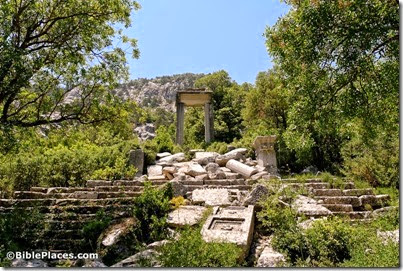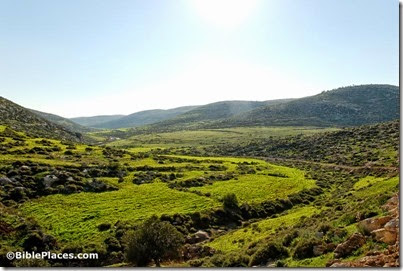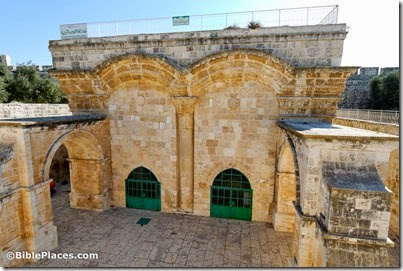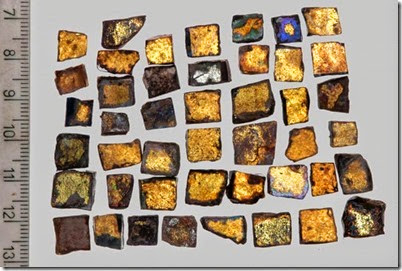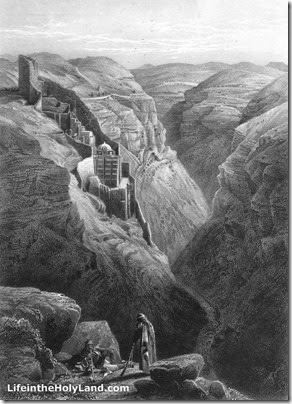Wayne Stiles recommends 3 Sites To See Along the Mediterranean and 3 High Points to Visit in the Golan. As always, he has lots of photos.
Lois Tverberg has a new e-book out: 5 Hebrew Words That Every Christian Should Know. Only $3.99 and a free sample is available.
After Israel, the next country Bible students should visit is Turkey. Why? Ferrell Jenkins explains.
Tom Powers provides the history of “the bridge that never was.” His post includes illustrations of Robinson’s arch and inaccurate reconstructions.
The Bible and Interpretation features a well-illustrated summary of crucifixion in the ancient Mediterranean world based on a recent monograph by John Granger Cook.
This article explains why museums hate ancient coins.
The “endless archaeological park” also known as Greece is now on Google Street View after overcoming five years of government resistance.
Bible History Daily has a new post on Map Quests: Geography, Digital Humanities and the Ancient World.
Satellite imagery is helping officials monitor looting of sites in Egypt. The New York Times reports on other actions the Egyptian government is taking against antiquities theft.
Work continues in the effort to establish an archaeology park at Carchemish.
For more, see the ASOR Archaeology Weekly Roundup.
HT: Explorator, Joseph Lauer, Jack Sasson
Photo from Western Turkey
